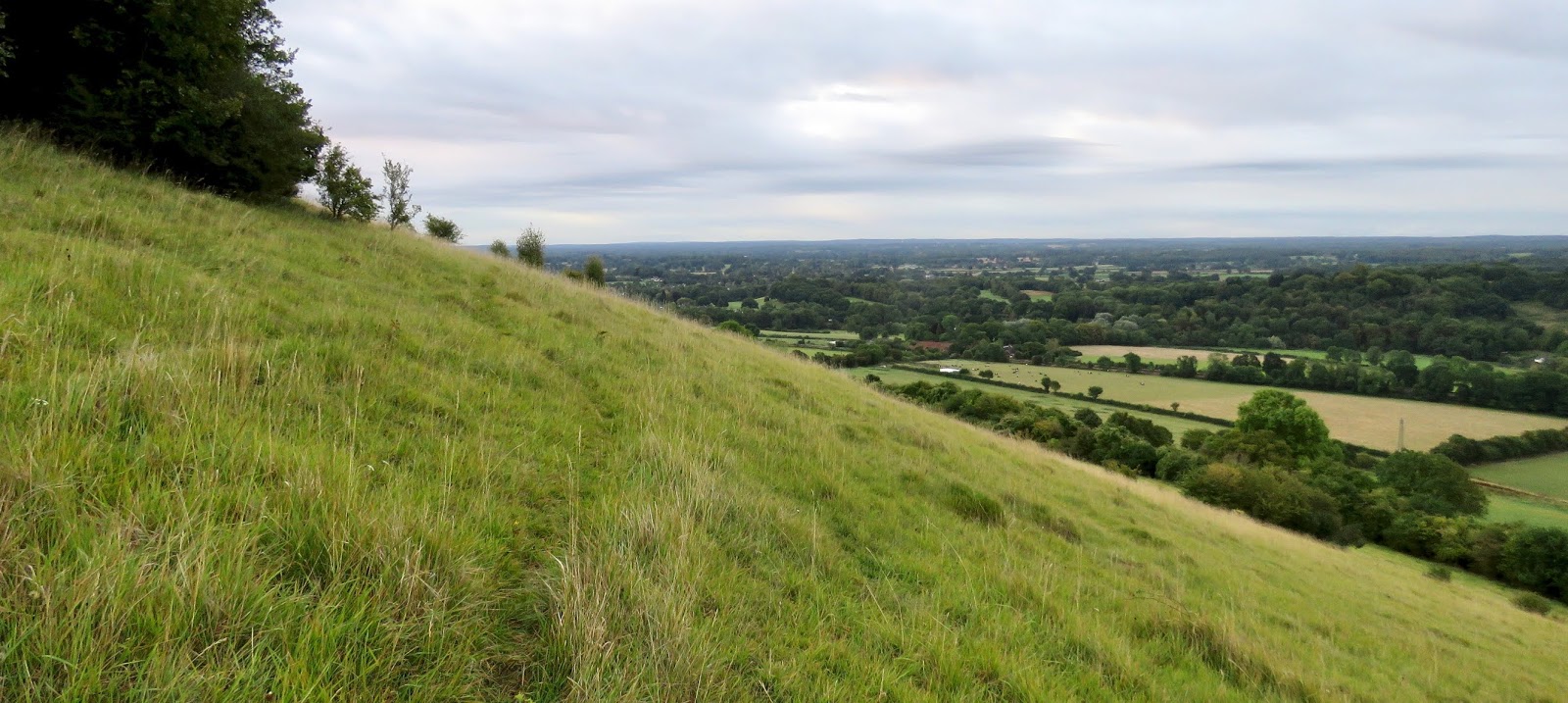Getting spanked
The 2019 Surrey v Northumberland patch competition has taken a distinct northern upturn over the past couple of months, with Stewart Sexton having had a tremendous September, adding 12 species to his total, bringing his 'percentage total of personal patch list' up to 75.24% - most impressive. On the other hand, down here in Uber-patch Surrey, my two September additions - Honey Buzzard and Pintail, have limped my comparable score up to 62.44%. The words 'arsed' and 'spanked' spring to mind. I'm not throwing in the towel just yet. Three months to go, and I hope that my luck will change. Rather than chase everything on offer (there have been chances to add to my score) I have taken the route of 'self-finding' as a more enjoyable way of reaching the destination. I hope that the final three months will see some additions, even if they do not bring about an overhauling of Stewart's score.










